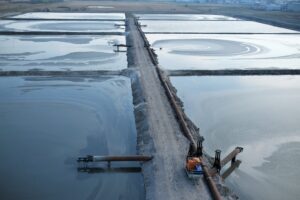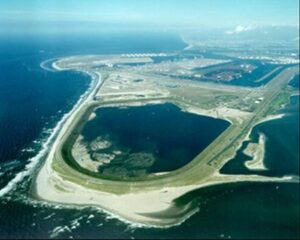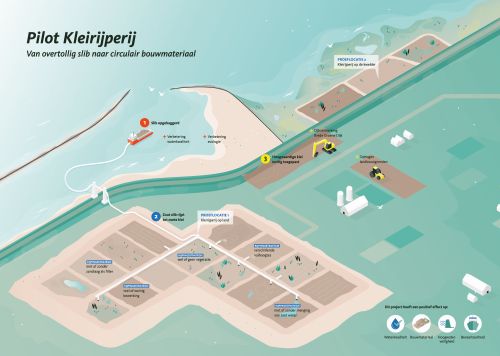Overview
Location: Eems-Dollard Estuary – Delfzijl (The Netherlands)
Date: 01-01-2018 – (expected) end date: 1-1-2022
Involved parties: Rijkswaterstaat, Province of Groningen, Groningen Seaports, Water Authority Hunze en Aa’s , Het Groninger Landschap and EcoShape. The project is financially supported by the Waddenfonds and the Dutch national flood protection program HWBP.
Technology Readiness Level: 3 – experimental proof of concept
Environment: Muddy coasts, Rivers & Estuaries, Ports
Keywords: soft sediment, sludge, clay, ripening, desalination, dike reinforcement, water quality, ecology, economic basis

Collecting fine silty sediments from the estuary and converting this into clay soil creates a win-win situation: the water quality improves and more clay becomes available for reinforcing dikes, and raising land behind the dike.

In traditional dredging, fine sediments dredged from an estuary are disposed at sea or stored in large (land) disposal sites, without further application or use. (picture: Slufter disposal site – NL).
Excessive levels of sediment in the water column in the Eems-Dollard estuary have a negative impact on water quality and subsequently biodiversity. Also, large amounts of sediment accumulate in ports, making regular dredging necessary. On the other hand, clay soil is needed in the area to strengthen dikes and to maintain and improve agricultural land.
Collecting sediment from the Eems Dollard and converting it into clay soil creates a win-win situation: the water quality improves and there is more clay soil for reinforcing dikes and raising farmland.
In the Clay Ripening pilot project different ways of transforming sludge into clay soil applicable in dike strengthening operations are investigated.

